Nonlinear dielectric nanostructures could control the flow of light in next-generation devices for information processing and communications.



When Dong-Fang Deng and her students make feed for the fish they raise at UWM’s School of Freshwater Sciences, they often use ground fishmeal—dried fish parts from fisheries or wild catch—as the protein source.
It’s possible to find microplastics in commercial fish food, she said, because the wild fish that end up in fishmeal consume some of the microplastics that litter the waters they live in. But after Deng actually spotted tiny plastic beads in pre-ground fishmeal, it prompted a question.
“We wondered, ” If the fish eat the microplastics, could the particles accumulate inside their bodies?’” said Deng, professor of freshwater sciences who researches the role of diet in fish farming, or aquaculture.
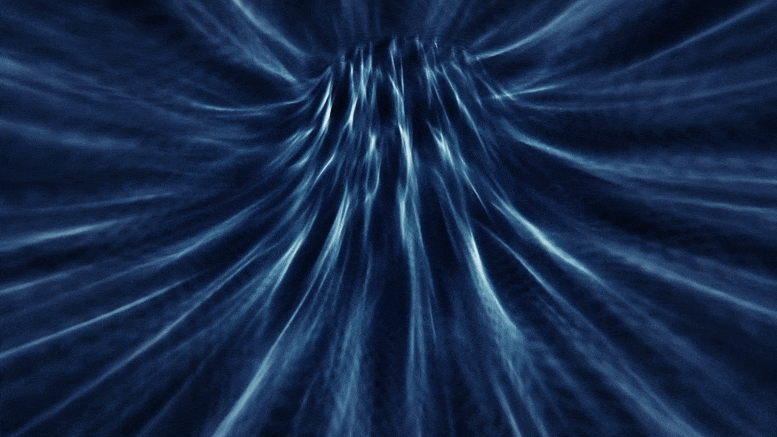
Physicists demonstrated a way of storing quantum information that is less prone to errors by subjecting a quantum computer’s qubits to quasi-rhythmic laser pulses based on the Fibonacci sequence.
Physicists have created a remarkable, never-before-seen phase of matter by shining a laser pulse sequence inspired by the Fibonacci sequence at atoms inside a quantum computer. Despite there still being only one singular flow of time, the phase has the benefits of two time dimensions, the physicists reported on July 20 in the journal Nature.
This mind-bending property offers a highly desirable benefit: Information stored in the phase is far more protected against errors than with alternative setups currently used in quantum computers. As a result, the information can exist for far longer without getting garbled, an important milestone for making quantum computing.

😳!!!
The Moon isn’t necessarily there if you don’t look at it. So says quantum mechanics, which states that what exists depends on what you measure. Proving reality is like that usually involves the comparison of arcane probabilities, but physicists in China have made the point in a clearer way. They performed a matching game in which two players leverage quantum effects to win every time—which they can’t if measurements merely reveal reality as it already exists.
“To my knowledge this is the simplest [scenario] in which this happens,” says Adan Cabello, a theoretical physicist at the University of Seville who spelled out the game in 2001. Such quantum pseudotelepathy depends on correlations among particles that only exist in the quantum realm, says Anne Broadbent, a quantum information scientist at the University of Ottawa. “We’re observing something that has no classical equivalent.”
A quantum particle can exist in two mutually exclusive conditions at once. For example, a photon can be polarized so that the electric field in it wriggles vertically, horizontally, or both ways at the same time—at least until it’s measured. The two-way state then collapses randomly to either vertical or horizontal. Crucially, no matter how the two-way state collapses, an observer can’t assume the measurement merely reveals how the photon was already polarized. The polarization emerges only with the measurement.
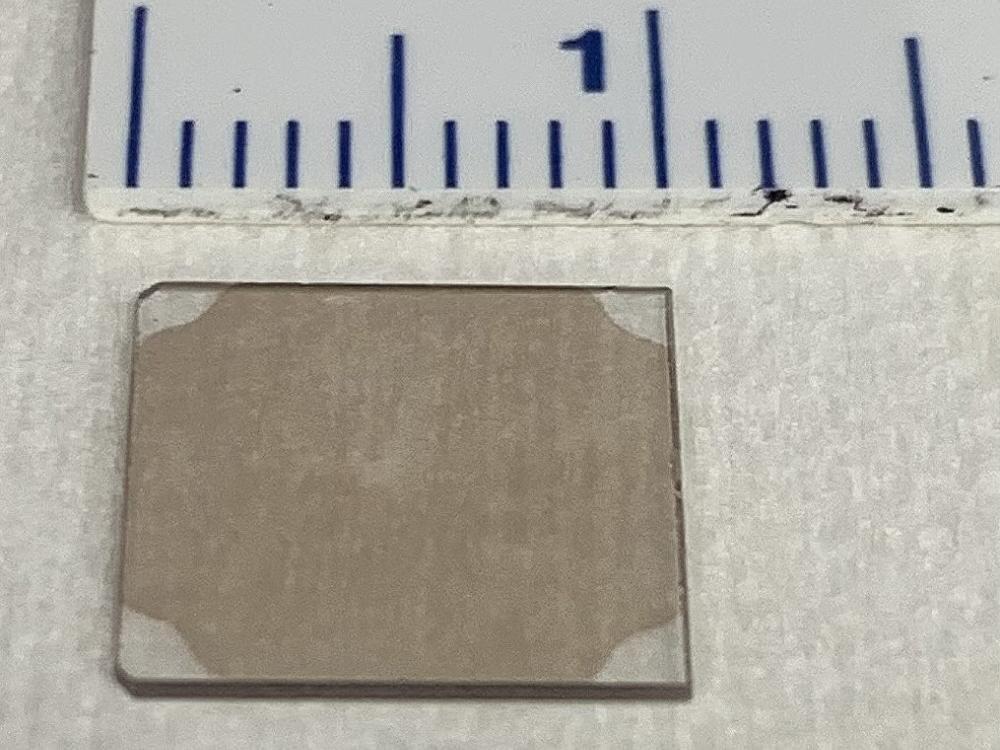
A research partnership between Penn State and the Massachusetts Institute of Technology (MIT) could enable an improved method to make a new type of semiconductor that is a few atoms thin and interacts with light in an unusual way. This new semiconductor could lead to new computing and communications technologies that use lower amounts of energy than current electronics.
The new type of semiconductor, tin selenide (SnSe), would be useful for developing a new type of electronics known as “photonics” that use particles of light, or photons, to store, manipulate and transmit information. Traditional electronics use electrons to do this, while photonics use photons. Tin selenide is a binary compound consisting of tin and selenium in a 1:1 ratio.
The material has a peculiar interaction with light that gives it great potential for use in electronics.
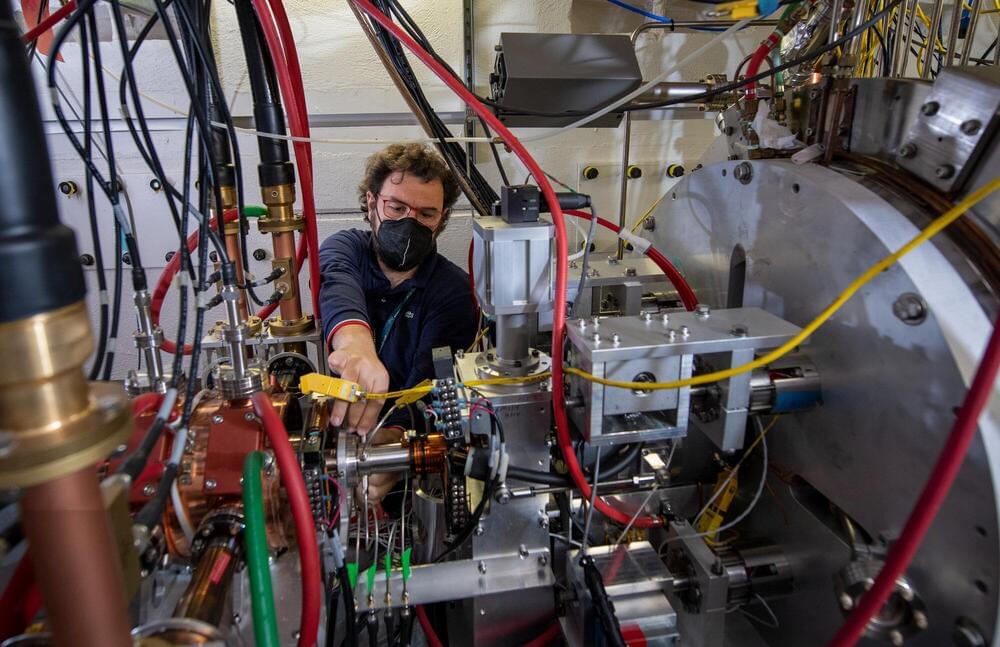
Scientists have developed a new machine-learning platform that makes the algorithms that control particle beams and lasers smarter than ever before. Their work could help lead to the development of new and improved particle accelerators that will help scientists unlock the secrets of the subatomic world.
Daniele Filippetto and colleagues at the Department of Energy’s Lawrence Berkeley National Laboratory (Berkeley Lab) developed the setup to automatically compensate for real-time changes to accelerator beams and other components, such as magnets. Their machine learning approach is also better than contemporary beam control systems at both understanding why things fail, and then using physics to formulate a response. A paper describing the research was published late last year in Nature Scientific Reports.
“We are trying to teach physics to a chip, while at the same time providing it with the wisdom and experience of a senior scientist operating the machine,” said Filippetto, a staff scientist at the Accelerator Technology & Applied Physics Division (ATAP) at Berkeley Lab and deputy director of the Berkeley Accelerator Controls and Instrumentation Program (BACI) program.
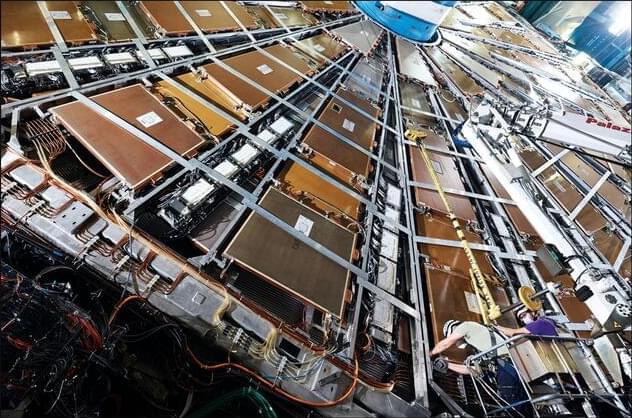
Unless Europe’s Large Hadron Collider coughs up a surprise, the field of particle physics may wheeze to its end.
CELESTA, the first CERN-driven satellite, successfully entered orbit during the maiden flight of Europe’s Vega-C launch vehicle. Launched by the European Space Agency from the French Guiana Space Centre (CSG) at 13.13 UTC on 13 July 2022, the satellite deployed smoothly and transmitted its first signals in the afternoon. Weighing one kilogram and measuring 10 centimetres on each of its sides, CELESTA (CERN latchup and radmon experiment student satellite) is a 1U CubeSat designed to study the effects of cosmic radiation on electronics. The satellite carries a Space RadMon, a miniature version of a well-proven radiation monitoring device deployed in CERN’s Large Hadron Collider (LHC). CELESTA has been sent into an Earth orbit of almost 6,000 kilometres.
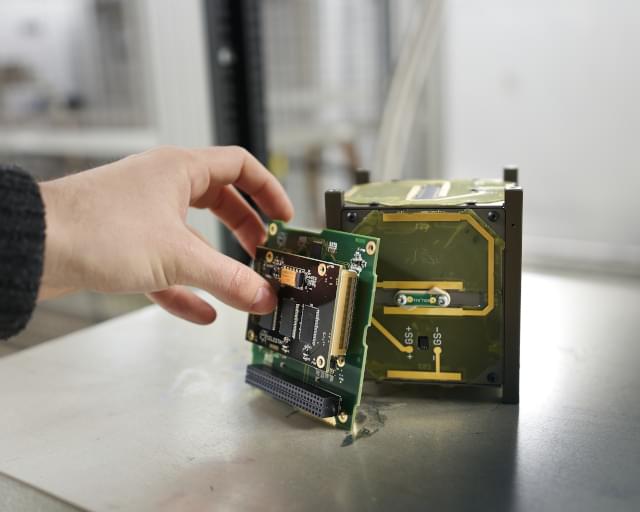
CELESTA, the first CERN-driven satellite, successfully entered orbit during the maiden flight of Europe’s Vega-C launch vehicle. Launched by the European Space Agency from the French Guiana Space Centre (CSG) at 13.13 UTC on 13 July 2022, the satellite deployed smoothly and transmitted its first signals in the afternoon. Weighing one kilogram and measuring 10 centimetres on each of its sides, CELESTA (CERN latchup and radmon experiment student satellite) is a 1U CubeSat designed to study the effects of cosmic radiation on electronics. The satellite carries a Space RadMon, a miniature version of a well-proven radiation monitoring device deployed in CERN’s Large Hadron Collider (LHC). CELESTA has been sent into an Earth orbit of almost 6,000 kilometres. “Right in the middle of the inner Van Allen belt, CELESTA will survey an unusual orbit where radiation levels are at their highest,” explains Markus Brugger, Head of the CERN Experimental Areas group and initiator of both the CHARM and CELESTA projects in the context of the R2E (Radiation to Electronics) initiative. The Space RadMon is a flagship example of how CERN technologies can have applications beyond particle physics experiments. “Based entirely on standardised, ultra-sensitive components selected and calibrated by CERN, and mostly in CERN facilities, the Space RadMon is a lightweight and low-power instrument, ideal for future risk-tolerant space missions,” says Ruben Garcia Alia, R2E project leader. “If CELESTA is successful, the Space RadMon could even be adapted to satellite constellations as a predictive maintenance tool – to anticipate the necessary renewal of satellites.” A radiation model of the CELESTA satellite was also tested in CHARM, a CERN mixed-field facility capable of reproducing, to a large extent, the radiation environment of low Earth orbit. The mission will be an important validation of this capability at the facility. “Capable of testing satellites all at once, rather than component by component, CHARM is a unique installation worldwide, remarkably different from other irradiation test facilities. It offers a simple, low-cost alternative and the possibility to assess system-level effects,” says Salvatore Danzeca, CHARM facility coordinator. The success of this satellite is the result of a fruitful partnership between CERN and the University of Montpellier, which involved many students from both institutions and radiation effect specialists from CERN. CELESTA is based on the CSUM radiation tolerant platform. It will be operated from the CSUM control centre. The European Space Agency provided the launch slot in the framework of its small satellite programme. “On a mission to make space more accessible, CELESTA is an exciting example of how CERN expertise can have a positive impact on the aerospace industry. With this mission, CERN displays its low-cost solutions for measuring radiation and testing satellites against it – thus providing universities, companies and startups with the means to realise their space ambitions,” concludes Enrico Chesta, CERN’s Aerospace and Environmental Applications Coordinator in the Knowledge Transfer group. Further information: Video of the launch More about the aerospace applications.
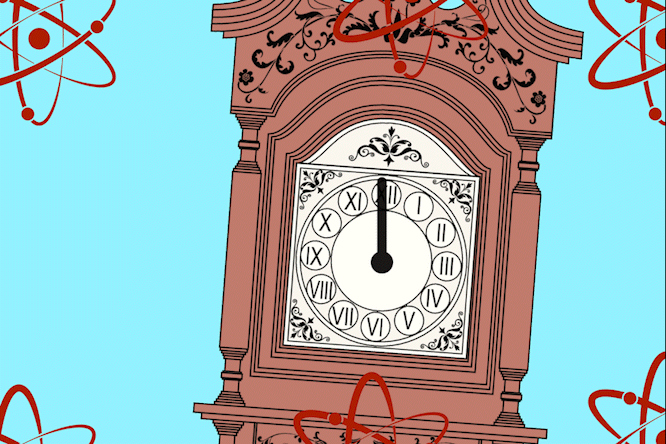
MIT physicists have significantly amplified quantum changes in atomic vibrations, allowing them to exclude noise from the classical world. This advance may allow them to measure these atomic oscillations, and how they evolve over time, and ultimately hone the precision of atomic clocks and of quantum sensors for detecting dark matter or gravitational waves.

Circa 2021
Astrophysicist at Göttingen University discovers new theoretical hyper-fast soliton solutions.
If travel to distant stars within an individual’s lifetime is going to be possible, a means of faster-than-light propulsion will have to be found. To date, even recent research about superluminal (faster-than-light) transport based on Einstein’s theory of general relativity would require vast amounts of hypothetical particles and states of matter that have “exotic” physical properties such as negative energy density. This type of matter either cannot currently be found or cannot be manufactured in viable quantities. In contrast, new research carried out at the University of Göttingen gets around this problem by constructing a new class of hyper-fast ‘solitons’ using sources with only positive energies that can enable travel at any speed. This reignites debate about the possibility of faster-than-light travel based on conventional physics. The research is published in the journal Classical and Quantum Gravity.
The author of the paper, Dr. Erik Lentz, analyzed existing research and discovered gaps in previous ‘warp drive’ studies. Lentz noticed that there existed yet-to-be explored configurations of space-time curvature organized into ‘solitons’ that have the potential to solve the puzzle while being physically viable. A soliton – in this context also informally referred to as a ‘warp bubble’ – is a compact wave that maintains its shape and moves at constant velocity. Lentz derived the Einstein equations for unexplored soliton configurations (where the space-time metric’s shift vector components obey a hyperbolic relation), finding that the altered space-time geometries could be formed in a way that worked even with conventional energy sources. In essence, the new method uses the very structure of space and time arranged in a soliton to provide a solution to faster-than-light travel, which – unlike other research – would only need sources with positive energy densities.